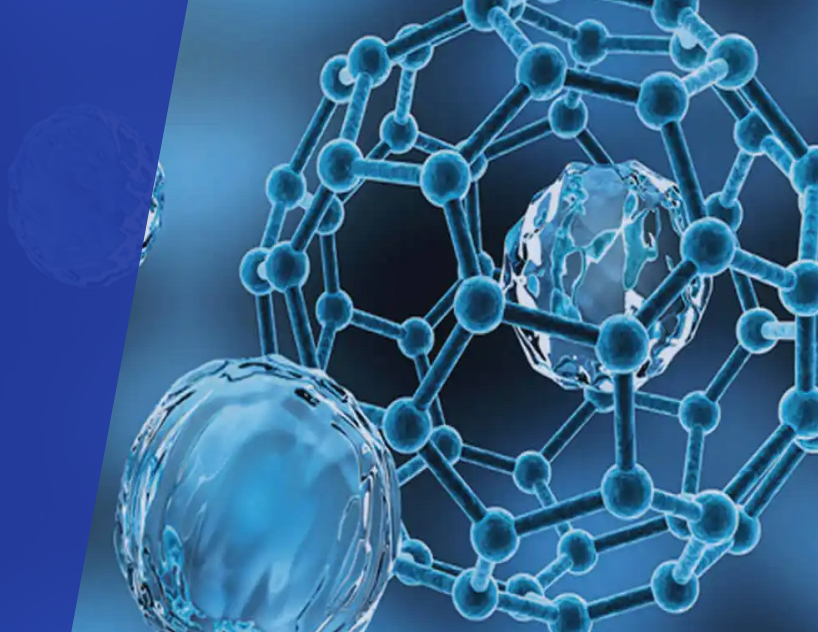What is Polyethylene Glycol?
Polyethylene glycol is a high molecular polymer with the chemical formula HO(CH2CH2O)nH. It is non-irritating, has good water solubility, and has good compatibility with many organic components. It has excellent lubricity, moisturizing, dispersion and adhesion. It can be used as antistatic agent and softener in cosmetics, pharmaceuticals, chemical fibers, rubber, plastics, papermaking, paints, electroplating, pesticides, metal processing and food. It has a wide range of applications in processing and other industries.
What are the Applications of Polyethylene Glycol in Pharmaceuticals?
The development of several main application directions of medicinal polyethylene glycol including:
Direction 1: Modified peptides. Polyethylene glycol modification is one of the main strategies for long-acting peptide drugs. Take GLP-1, which has recently seen a surge of research and development enthusiasm, as an example. Polyethylene glycol loxenatide can be used to treat diabetes. A number of PEG-modified drugs targeting GLP-1R are in the clinical research stage for different indications. .
In addition, cyclic peptides, as polypeptide drugs with relatively stable structures, have continued to make breakthroughs in clinical research for multiple indications in recent years. New cyclic peptide drugs that have been approved for marketing in recent years involve the fields of anti-infection, endocrinology, digestion, metabolism, tumors, and the central nervous system. Cyclic peptides are one of the most promising types of new drug research and development at the moment.
Direction 2: Mainstream delivery system for mRNA drugs. Liposome nanosomes (LNP) containing PEG lipids are the mainstream delivery system for mRNA therapies. The developer of an mRNA vaccine has won the 2023 Nobel Prize in Physiology and Medicine, which is expected to further enhance confidence in mRNA technology.
Direction 3: Modify traditional chemotherapy drugs. PEG-modified irinotecan has superior efficacy and safety among currently approved and under-development therapies for small cell lung cancer. As a traditional chemotherapy drug, irinotecan has a high clinical recognition. If the modified polyethylene glycol irinotecan can be approved for marketing, it will be successfully marketed, which means that PEG-modified chemotherapy drugs are new drug development directions worth exploring.
What are the Applications of Polyethylene Glycol in Cosmetics?
Polyethylene glycol plays many important roles in the cosmetics industry.
Emulsifiers: Emulsifying properties are essential in formulating long-lasting emulsions to create a heterogeneous system consisting of two non-mixing liquids. One of them forms the continuous phase, while the other is dispersed in it and forms the dispersed phase. Formulating emulsions with PEG extends the life of the substance and therefore the life of products based on this type of emulsion.
Moisture Stabilizers: Moisture in cosmetic formulas is maintained at appropriate levels through compounds such as PEG. Cosmetics containing moisture stabilizers not only ensure that the product has an adequate consistency, but above all are excellent preparations designed for dry skin. As a compound with hydrophilic properties, PEG binds water molecules to the surface to form an occlusive layer, which retains moisture at active levels to keep skin healthy and conditioned. Equally important, PEG does not increase the permeability of the epidermal barrier, preventing the absorption of harmful environmental substances and UV radiation exposure
Washing substances: As cosmetic ingredients, PEG and its derivatives play an efficient role in removing pollutants. This characteristic is determined by its molecular structure: PEG is a surfactant with a hydrophobic-hydrophilic structure. As detergent substances, they are responsible for wetting the surface, peptizing and hydrolyzing fats, and emulsifying and dispersing contaminants, which are then removed from the surface together with their carriers.
Rheology Controller: The viscosity of cosmetic products is the main parameter that must be measured and correlated. Polyethylene glycol and its derivatives can change the viscosity of the solution, that is, change its rheology. From a theoretical point of view, viscosity measurements can obtain important information about the stability of emulsions. This information is very important for product determination and quality control.
What Other Applications Does Polyethylene Glycol Have?
PEG can also be used as coatings. Low molecular weight PEG can provide better dispersion, while high molecular weight PEG can provide better film-forming properties. In any case, coatings using PEG as a base are more water-resistant than water-based coatings.
PEG has a strong bonding force with rubber without degrading the rubber. Coupled with the low volatility and high flash point of PEG, PEG is widely used in the rubber industry.
Due to the water solubility of PEG, incorporating PEG into the resin can greatly improve the resin properties. In resin coatings, low molecular weight PEG can easily dissolve the resin while high molecular weight PEG can improve the dry film properties of the resin.
PEG is a good lubricant during metal processing, and their low volatility can be used as a flux and flux for low-temperature solders; high molecular weight PEG is a good binding agent.
PEG is also a food additive, often used in coating candies and chocolate products. It can be used as a coating agent in food, and can also be used as a dispersant, binder, plasticizer, coating agent, lubricant, carrier solvent and flavor auxiliary.





Comments